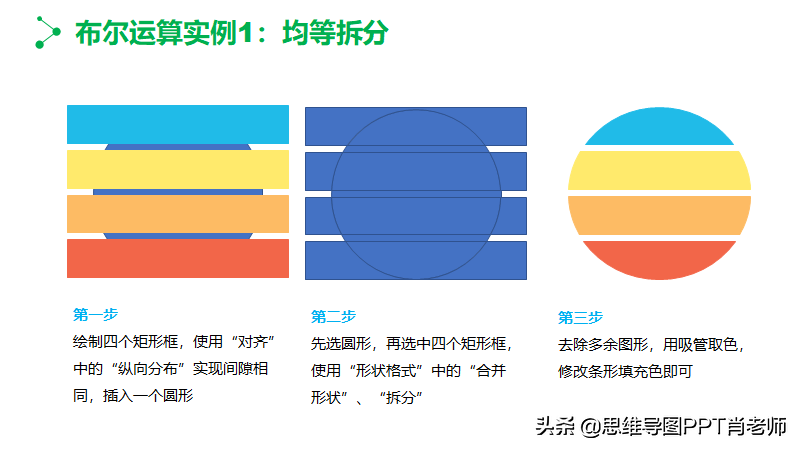2019年11月来到学校报到,学校的PhD没有理论课程要上,由于本人是理工类实验性质的专业,需要到实验室从事实验研究工作。由于疫情原因,将近一年来在学校实验室的工作时间不过五个多月而已。
然而,就在两周前,学院通知博士生需要进行年度考核,提交研究报告和进行工作汇报(presentation)。由于最近实验较忙,第一周在实验之余写好了过去的报告文档,并请导师进行了更正。第二周在实验之余做了PPT,只要有内容,PPT的制作相对较简单,可让人头疼的是需要自己进行presentation。
说来惭愧,一个留意的留学生,每天受着意大利语的熏陶,却不会意大利语,只能用蹩脚的英语和意大利同学和导师进行交流。在正式场合,从来没有用全英文进行过工作汇报。
即便如此,只能兵来将挡水来土掩,硬着头皮准备啊。好在实验室的大老板和小导师都很nice,手把手改报告、改PPT、听试讲。但是,从PPT定稿到正式汇报前只剩一天时间,PPT的内容始终讲不利索、说不明白,自己的发音也不知道别人能不能听懂。
为此,只能采用最实际的办法,把每一页PPT要讲的每一句话以文字形式先写下来,然后进行反复练习。事实证明,经过长达数小时的熟悉和练习,效果立竿见影。
终于,周五进行汇报了,再一次领略了意大利人的慵懒和时间观念,意大利人有值得我们学习的地方,也有比较憨憨的一面。
计划早上9点开始进行汇报,博士一年级的学生们也都在约定的时间和地点进行等候,结果9点38分教授们才缓缓走来。
目前全意大利疫情回升,单日新增已经逼近2000例,虽然学校也有防疫措施,要求戴口罩和保持安全距离。但是,人们似乎早已把疫情抛在了脑后,看报告厅这些和我一样要汇报的博士生就知道,戴口罩似乎都是个形式而已。十分无奈又无能为力。
下面贴上我工作汇报的演讲文稿。能看出来我这“莫名堂”的研究内容吗?PPT共19页(包括开头和结尾),汇报时间15分钟。
也不知道老外是包容性性太强,还是比较客套,对汇报的评价是nice[捂脸]也没有提什么问题。不管怎样,紧张一周的神经终于可以松懈一下了.... 下周起,我就是二年级的学生了!
1.Good morning, everyone. It’s great to be here with you today.
My name is @王二博士, my supervisor is prof. p m
The topic of my report is that [微笑] [微笑] [微笑] [微笑] [微笑] [微笑] [微笑] [微笑]
2.This presentation is divided into four parts. Just as follows.
3.Different from other drug delivery systems, there are several defensive barriers of eyes. Among them, the cornea is the major barrier to drug penetration and absorption. Generally, ophthalmic drugs display low bioavailability, and some drugs have poor solubility in water, which brings a challenge for their formulation. So, new carriers need to be developed for ocular drug delivery. The main aim of our work is to improve drug loading and enhance cornea penetration. Nanotechnology has been widely studied for biomedical applications.
4.We focus on nanohydrogels, because there are many advantages: such as small size, high drug-loading capacity, high water-content, and proper viscosity. So, we hope this formulation may have potential applications in the field of ocular drug delivery.
5.For the ocular drug, DESA is an efficient anti-inflammatory drug, for the treatment of many eye diseases. However, it has poor water solubility, and there is a challenge for DESA(地塞米松) loading and ocular delivery. So, for carrier development, we choose DESA as the model drug.
6.Polysaccharides are natural biomaterials, such as gellan and hyaluronic acid, and have been widely studied for biomedical applications, due to their excellent biocompatibility and biodegradability. In the already reported work, cholesterol modified Ge and HA have been used for skin treatment and Cutaneous drug delivery. However, such carriers in the field of ocular drug delivery have not been investigated yet. So, our work based on such polymer for ocular carrier development.
7.For the overview of the experimental scheme, firstly, polymer suspension and DESA film were prepared, then put them together, magnetic stirring for 1.5 h, autoclave for 20 mins to form drug-loaded NHs (纳米凝胶). After that, centrifugate the samples to separate the NHs and free drugs in the system. Unloaded drugs were analyzed by HPLC to calculate the encapsulation efficiency. Before administration, the pH and osmotic pressure were adjusted to physiological parameters. Finally, use the drug-loaded NHs to investigate the cornea penetration ability.
8.For the NHs preparation, different concentrations of polymer and different amounts of DESA were studied. In the term of drug loading, the encapsulation efficiency was calculated from the HPLC calibration. According to the results, the optimized parameter is that: 1mg/ml of polymer loaded with 1mg DESA.
9. We also prepared the empty NHs and investigated the size and its stability. The results indicated that the empty NHs were stable at least one month.
10. As for drug loading efficiency determined by HPLC, as it shows in the plot, the average E.E % is more than 75% for GeCH, and more than 61% is for HACH NHs.
11. Before the use of drug-loaded NHs, the pH was adjusted with phosphate buffer, and osmotic pressure was adjusted with glycerol, aim at adjusting to the physiological conditions.
12. After that, we investigated the size and its stability of NHs both in buffer and Gly. The empty NHs were stable at least 1week,
13.the DESA loaded GeCH NHs were stable at least 4 days, DESA loaded HACH NHs were stable at 1 week.
14. The cornea penetration ability of NHs was studied by ex-vivo experiments. We use this chamber for pig cornea penetration, at each time point, withdraw 1 mL solution to determine the released drug by HPLC. After the experiment for 24h, DESA was extracted from the cornea. The penetration capability of NHs were compared with the commercial formulation: Luxazone (DESA suspension).
15. The results of cornea penetration indicated that GeCH NHs displayed a similar penetration ability with that of the commercial formulation, while HACH NHs showed stronger capability than both of them.
16.That is to say, compared with GeCH NHs, HACH NHs displayed better cornea penetration capability. Besides, after the experiments, for the commercial formulation, there were 13% drug stay in the cornea, which was higher than that of NHs about 10%.
17. From the studies, the conclusions as follows: firstly, high DESA encapsulation efficiencies were obtained. Second, both of the NHs displayed small size, about 200nm with low polydispersity. Third, the NHs were stable for long time in different media. The last but not the least, HACH NHs showed higher cornea penetration capability than that of both GeCH NHs and the commercial formulation.
18. In future, the adhesion of NHs at the cornea surface will be investigated by SEM. The cornea crossing behavior will be further studied by confocal microscopy. Moreover, in vitro experiments for drug-loaded NHs will be conducted to evaluate their cytocompatibility.
19. That’s all for my presentation, thanks for your attention.
















